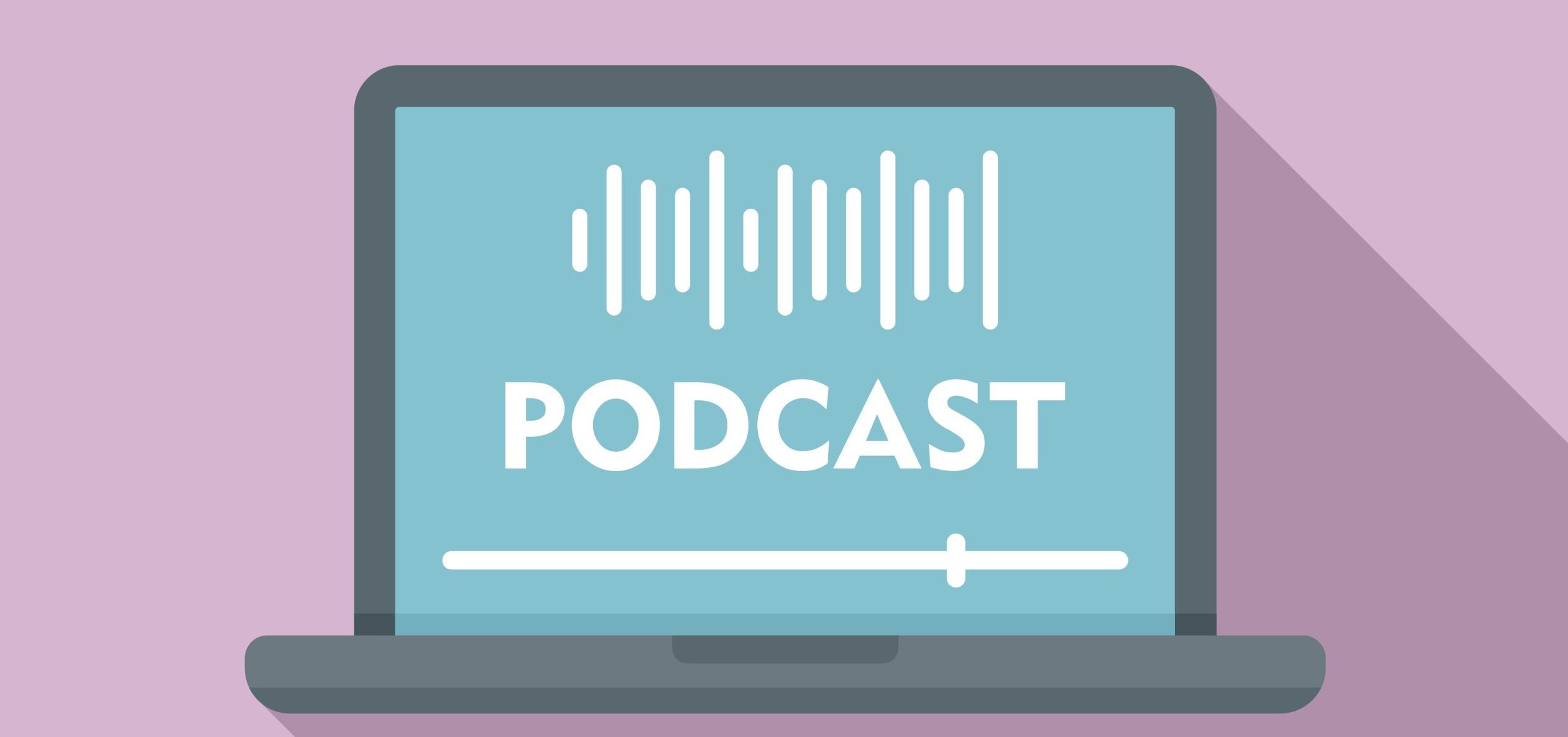In the first episode of the AI-generated DIPA podcast, we discuss the article “Reconciling Children’s Best Interests and Right to be Heard” by postdoctoral researcher Hege Stein Helland. The article was published in the prestigious International Journal of Children’s Rights, and it examines the tension between children’s best interests and their right to participate, exploring how legal and institutional systems reconcile these challenges. It reviews various approaches, proposes a global framework, and outlines a best interest model to support meaningful child participation in decision-making.
You can listen to the episode via this link: Episode 1_Helland, H.S. Reconciling Children’s Best Interests and Right to be Heard.wav
In the second episode of the AI-generated DIPA podcast, we discuss the article “Securing permanence for children in care: A cross-country analysis of citizen’s view on adoption versus foster care” by Professor Marit Skivenes and Professor Emeritus Rami Benbenishty. The article was published in the journal Child & Family Social Work, and it analyzes public preferences across several countries and explores how different child protection systems, particularly those focused on child maltreatment, influence the support for adoption over foster care. It also considers the role of public confidence in child protection systems in shaping these preferences.
You can listen to the episode via this link: Episode 2_Skivenes, M., & Benbenishty, R. (2023). Securing permanence for children in care A cross country analysis of citizen’s view on adoption versus foster care.wav
In the third episode of the AI-generated DIPA podcast, we discuss the paper “What do we know about children’s representation in child protection decisions? A scoping review” by Frøydis Lønborg Haarberg. The article was published in the journal Children and Youth Services Review, and it provides an overview of existing research on children’s representation in child protection decision-making, while identifying knowledge gaps in this area.
You can listen to the episode via this link: Episode 3_Haarberg, F. L. (2024). What do we know about children’s representation in child protection decisions A scoping review.wav
In the fifth episode of the AI-generated DIPA podcast, we discuss the paper “Public Perceptions of Child Protection, Children’s Rights, and Personal Values: An Assessment of Two States” by Jill Duerr Berrick, Marit Skivenes, and Joseph N. Roscoe. The article was published in the journal Children and Youth Services Review and explores public attitudes towards child protection, comparing perspectives from Norway and California.
You can listen to the episode via this link: Episode 5_ Public perceptions of child protection, children’s rights, and personal values.wav
In the sixth episode of the AI-generated DIPA podcast, we discuss the paper “Restricting Family Life – An Examination of Citizens’ Views on State Interventions and Parental Freedom in Eight European Countries” by Marit Skivenes, Asgeir Falch-Eriksen, and Bilal Hassan. Published in the European Journal of Social Work, the study investigates public opinions on restricting parental autonomy to protect children’s interests. Using representative samples from eight European countries—Austria, England, Estonia, Finland, Germany, Ireland, Norway, and Spain—the study surveyed 10,348 individuals.
You can listen to the episode via this link: Episode 6_Skivenes, M., Falch-Eriksen, A., & Hassan, B. (2023). Restricting family life – an examination of citizens’ views on state interventions and parental freedom in eight European countries.wav
In the eighth episode of the AI-generated DIPA podcast, we discuss the paper “The Invisible Child: A Comparative Study of Newborn Removal Judgments from a Child Equality Perspective (CEP)” by Katrin Križ, Jenny Krutzinna, Tarja Pösö, and Marit Skivenes. Published in The International Journal of Children’s Rights, the study focuses on how children, particularly newborns, are portrayed in care order cases. Using the Child Equality Perspective (CEP), which advocates for the child’s presence in proceedings even when they cannot fully participate, the authors analyze 216 judgments from 8 countries, involving 220 infants.
You can listen to the episode via this link: Episode 8_The Invisible Child.wav
In the ninth episode of the AI-generated DIPA podcast, we delve into the study titled “Parental Freedom in the Context of Risk to the Child: Citizens’ Views of Child Protection and the State in the US and Norway” by Jill D. Berrick, Marit Skivenes, and Joseph N. Roscoe. This research examines the complex interplay between public attitudes toward child safety and parental rights, highlighting how government interventions in family life can significantly impact both parents and children.
You can listen to the episode via this link: Episode 9_Berrick, J., Skivenes, M. & Roscoe, J. (2022) Parental freedom in the context of risk to the child Citizens views of child protection and the state in the US and Norway.wav
In the tenth episode of the AI-generated DIPA podcast, we explore the study titled “Children’s Rights and Parents’ Rights: Popular Attitudes About When We Privilege One Over the Other” by Jill Duerr Berrick, Marit Skivenes, and Joseph N. Roscoe. This research investigates the nuanced relationship between children’s rights and parental rights within the context of child protection policies, particularly through the lens of the UN Convention on the Rights of the Child (UNCRC).
You can listen to the episode via this link: Episode 10_Berrick, J.D., Skivenes, M., & Roscoe, J. (2021) Children’s rights and parents’ rights Popular attitudes about when we privilege one over the other.wav
The podcasts were created by using the AI tool NotebookLM

